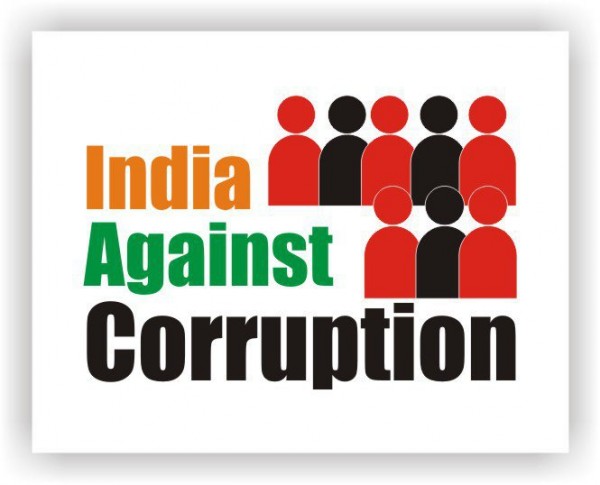By Shastri Ramachandaran*
As skeletons keep tumbling out of the cupboard of a government besieged by corruption charges, an agitated people may well despair that battling corruption in India’s officialdom is a Sisyphean task.
Far from gaining in momentum, the popular protest movement against corruption led by the Gandhian activist Anna Hazare, which exploded on the political scene last year, is withering away.
The movement is losing steam even though the government is being rocked by a new and bigger scandal, “Coalgate,” involving the loss of billions of dollars to the exchequer as a result of skewed allocations of coal blocks for mining.
The allocation of coal blocks between 2006 and 2009, during the Indian Prime Minister Manmohan Singh-led United Progressive Alliance (UPA) government’s first term, was done when Singh held the coal portfolio.
The loss has been estimated by the Comptroller and Auditor General (CAG), Vinod Rai, on the basis of money the government could have earned if it had opted for competitive bidding instead of executive allocation of the coal blocks. The government has rubbished the loss figure as notional, based on the market value of coal when mined, and, therefore, exaggerated.
Even so, there are facts that put the government on the mat. There were official notes in favour of competitive bidding. The then junior minister for coal, Dasari Narayana Rao, stated in Parliament on November 28, 2007 that competitive bidding for coal blocks would not lead to an increase in the price of coal. This shoots down the government’s claim that an auction would have increased the price of coal, and consequently of power. And some of the allocations are favors to political allies, friends and their family members.
The CAG commands public respect and enjoys high credibility, especially against a government perceived to be mired in corruption. His reports have often proved to be the trigger for public campaigns against corruption with far reaching consequences. Political heads have rolled on the basis of his findings.
The 2G spectrum scandal, which knocked then telecom minister A. Raja out of his post and sent him to jail along with his officials, boosted the CAG’s image.
The corruption in the contracts for and organization of the Commonwealth Games, which found another minister losing his job and going to jail, had already put the UPA in the dock when the telecom scam hit the headlines.
Hazare’s IAC
In the heat of this confrontation, Hazare’s India Against Corruption (IAC) movement emerged. Last year, he took the country by storm and rattled the government.
However, in the months since then, his campaign, be it in India’s financial capital of Mumbai or Delhi, has faltered.
A few prominent figures have abandoned his platform. And television coverage has been minimal to non-existent. Hazare’s attempt in August to revive the IAC campaign in Delhi was a non-starter.
Just when the movement should have gained in focus and force to go forward, it split. Its leading lights broke away from Hazare and announced that they would launch a political party to fight corruption. This move further split the campaigners into two camps: those who wanted to target the ruling Congress party alone versus those who felt that opposition parties, including Congress’s main opponent, the Bharatiya Janata Party (BJP), should not be spared.
As a result, today, there is no movement to seize Coalgate for pressing ahead with the anti-corruption agenda, though the BJP is gunning for the prime minister.
The other opposition parties see in this an opportunity to emerge as a rallying point, or Third Front, for those who shun both the Congress and the BJP. But their hands are often no cleaner.
One party involved in this is the regional Samajwadi Party. A minister of this party, which rules in the province of Uttar Pradesh, caused a furore recently when he told officials: “If you work hard, you can steal a little, but stealing should not become loot…” He later claimed that he was misquoted.
These developments underscore that there may be no early or painless citizen-initiated cure for an India ailing from corruption.
The thinking that popular protest or non-party movements can cleanse Indian public life of corruption appears to be the triumph of hope over experience.
*The writer is an independent political and foreign affairs commentator. This article in the Global Times is being republished by arrangement with the writer.










